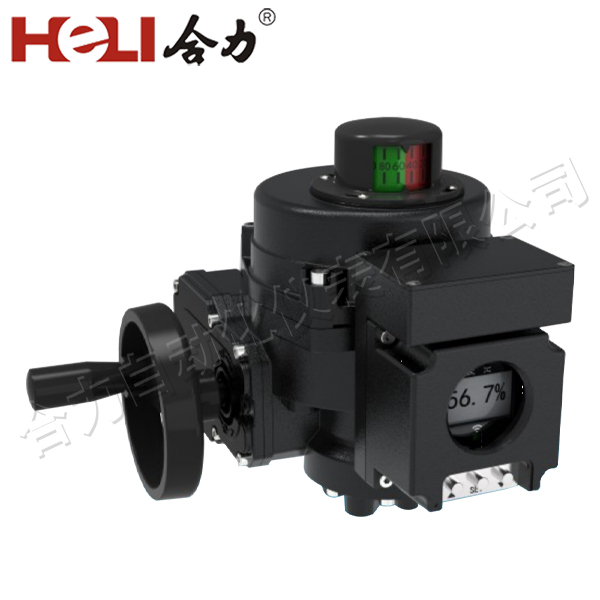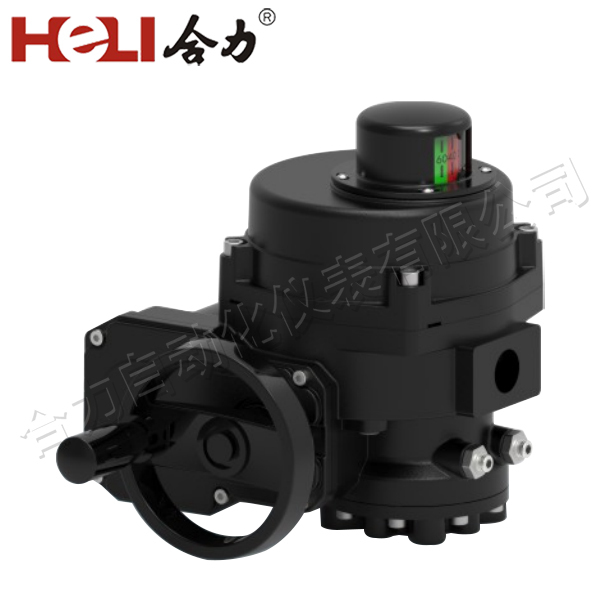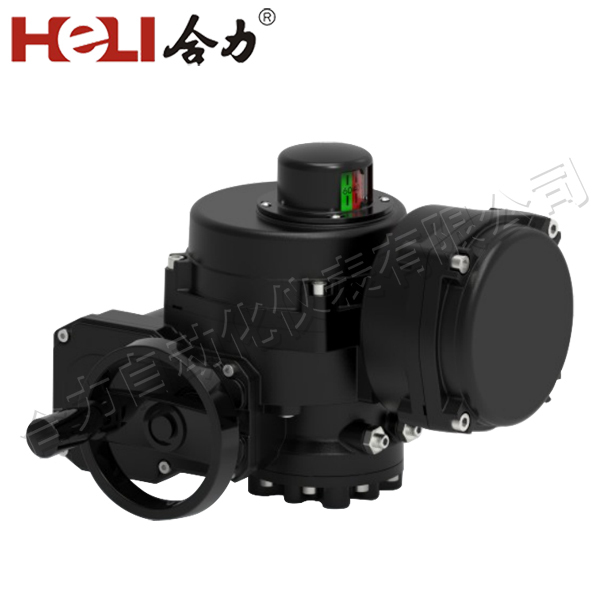Lithium battery electric actuators are becoming a central component in a variety of modern systems, ranging from industrial machinery to robotics and automotive applications. These actuators, powered by high-performance lithium batteries, provide efficient, reliable, and precise mechanical movement by converting electrical energy into mechanical motion. This article delves into the working principle, advantages, and diverse applications of lithium battery electric actuators, highlighting their growing importance in various industries.

Working Principle

A lithium battery electric actuator functions by using a lithium-ion battery to power an electric motor that generates mechanical motion. The process begins when the battery supplies electrical energy to the motor via a controller. The motor then converts this electrical energy into mechanical energy, which is transmitted to an output mechanism such as a gear, rod, or piston. This mechanical output can either be rotational (as in a motor) or linear (as in a linear actuator), depending on the design and purpose of the actuator. The controller plays a crucial role in regulating the flow of energy from the battery to the motor, ensuring that the actuator operates smoothly and efficiently. This level of control allows for precise adjustments in speed, torque, and direction, which is critical in applications requiring accurate motion control.
